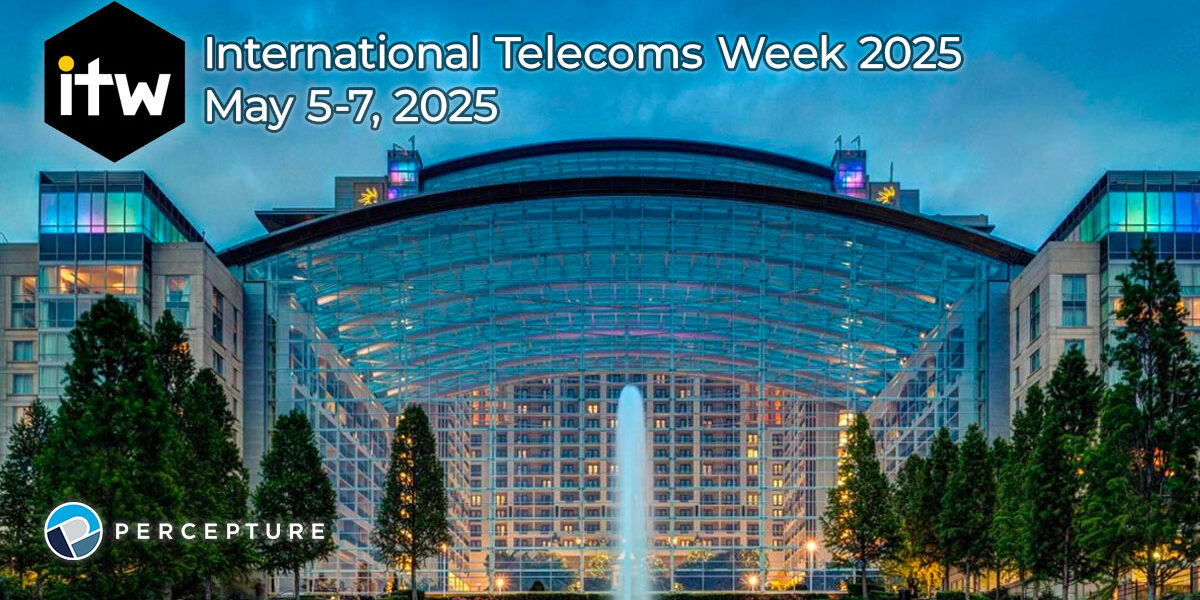Are diamonds a data center’s best friend?
That question might seem like a silly non-sequitur, but when it comes to a data-center’s data processing capacity, diamonds really could be a solution for sustainability in the telecom industry.
Data centers are one of the many kinds of clients we serve as a Telecom Marketing Agency. We understand the unique challenges facing their industry and what gives them a competitive edge – and, one of those things is beating the heat of data processing!
Data Processing is a hot problem for data centers
One of the limits to the speed of computing is the amount of heat generated by data processing. That’s true for our own personal devices like smartphones and laptops, but the problem is as old as the lightbulb!
Heat is a problem at a much greater scale for the telecom industry when it comes to data centers. Managing the heat generated by hundreds or thousands of computers can be one of the major challenges – and costs – for data centers. It dictates everything from where they choose to build, to the specifics of their construction, to their daily power consumption when it comes to cooling systems.
That’s a macro challenge when it comes to heat – dealing with the heat generated by the entire data center. There’s also a micro challenge. Microchips, to be specific.
Sustaining high processing speeds doesn’t just cause an entire data center to heat up. That heat starts at the microchip level – putting a strain on the chip’s materials and placing an upper limit on processing speed based on the chip’s tolerance for heat.
As a result, engineers are experimenting with synthetic diamonds in microchips to help solve the problem of heat.
Synthetic Diamonds can help with data processing heat
Diamonds are the best conductor of heat in the world – meaning that heat travels through diamond more efficiently than through any other substance.
Of course, diamonds are also one of the rarest and most-expensive naturally occurring gems – not exactly a cost-efficient solution to implement at scale for the telecom industry!
But, could synthetic diamonds be a solution that could help data centers operate at higher speeds at a lower power consumption? Synthetic diamonds, or lab-grown diamonds, can withstand much higher temperatures than silicon microchips.
A company called Diamond Foundry thinks the answer is “yes!”
Diamond Foundry is a company that produces lab-grown synthetic diamonds. They are the first company to create something called “diamond wafers.” They aren’t the delicious kind of wafers! Diamond wafers are a thermal conductor and electrical insulator bonded directly to an integrated circuit (IC) wafer.
Diamond Foundry’s diamond wafers can withstand heat of up to 2,400 degrees celsius [4352 Fahrenheit], compared to silicon chips, which can fail as low as 150-220 degrees celsius [302-428 Fahrenheit]. Not only can they get ten times hotter than silicon, synthetic diamond wafters deal with heat more efficiently because they have more surface area. These lab-grown synthetic diamonds can have a thickness of less than 3 millimeters but a diameter as large as 4 inches. More surface area means more efficient cooling. Remember, diamonds are the world’s most-efficient conductor of heat!
When this ultra-thin, super-wide diamond wafer heats up due the data processing power of a microchip, it uses as much as 50 square inches of surface area to exchange that heat to the surrounding air – meaning less heat is retained by the chip itself.
Diamond Foundry isn’t the only company making synthetic diamonds for data processing. These companies are betting that their diamond chip technology can unlock new power in data processing by changing the equation when it comes to heat and microchips.
Synthetic diamonds can support the processing demands of data centers
Diamond wafers could help accelerate and support the processing demands of data processing when it comes to data-intensive tasks like keeping the internet connected or the processing behind artificial intelligence.
Dealing with the heat of data processing isn’t just part of the cost of doing business in the telecom industry. The ability to efficiently manage heat can be a major selling point for a data center. Managing heat in a sustainable way is a major differentiator that can be the difference in closing a deal with major clients like hyperscalers.
Learn more about Percepture as a Telecom Marketing Agency. We’ve helped data centers tell innovative stories like this one to generate leads and grow their businesses.
Sources for this post:
- Wall Street Journal: One of the World’s Biggest Diamonds Could Be Key to Some of the World’s Fastest Microchips
- Diamond 101: Why Can Diamond Conduct Heat?






